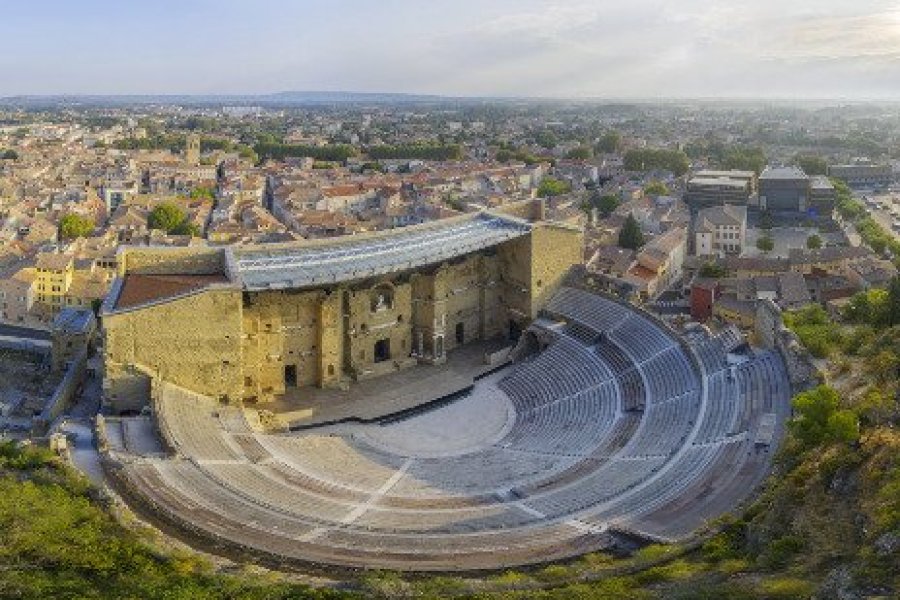
The Théâtre Antique d'Orange's summer program unveiled
Recommended by Tanguy REVAULT
The Théâtre Antique d'Orange is the best-preserved Roman building in Europe. Its structure and exceptional acoustics make it a prime venue in ...

Recommended by Tanguy REVAULT
The Théâtre Antique d'Orange is the best-preserved Roman building in Europe. Its structure and exceptional acoustics make it a prime venue in ...

Recommended by Tanguy REVAULT
From 04/06/2024 to 06/29/2024 : Building on its success in 2022, the Biennale d'Aix is back for a second edition! Over 80 events will flood the historic center of Aix and the ...